[Watches] It’s all about complications
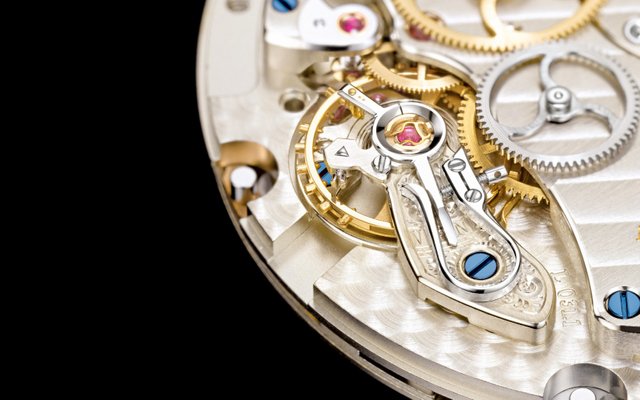
Please no complications! A sentence usually applicable to almost every product or service. However, in the world of Horology (the art or science of measuring time) the term complication is somehow seen as the holy grail of mechanical watch engineers. A complication refers to any feature in a mechanical watch beyond the simple display of hours and minutes. By adding various complications to a timepiece the engineering complexity increases dramatically as well as the used parts (a normal watch has about 60 parts, by adding a few complications this number easily increases to 300 and above). The most common complications are: simple calendar, simple & double chronograph, moveable bezel, power reserve, ... Other rarer complications are listed bellow.
Flyback chronograph
This fancy name describes a function for a stop watch. The complication allows the use of the reset function without first pressing stop-reset-start again and hence minimizing the time of starting the stopwatch again.
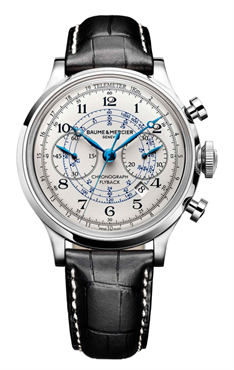
Baume & Mercier Capeland 10006
Perpetual Calendar & Annual Calendar
Watches with a normal calendar function require constant adjustment, since the watch will automatically reset after completing 31 24-hour cycles and as we all know this does not really represent reality. In order to overcome this problem, watchmakers came up with two more advanced complications: annual calendar & perpetual calendar.
The annual calendar shows day, date and month with minimal adjustment, you only have to set the date once a year -> February
The perpetual calendar, however, even needs less adjustment. It not only shows you the day, date, and month, but also the year as well as it adjust for leap years. The next time an perpetual calendar needs adjustment is in 2100.
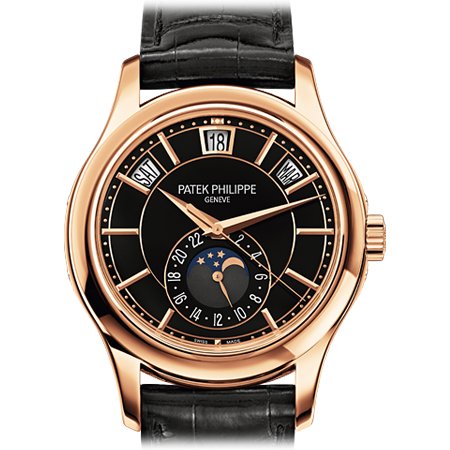
Patek Philippe Ref. 5205
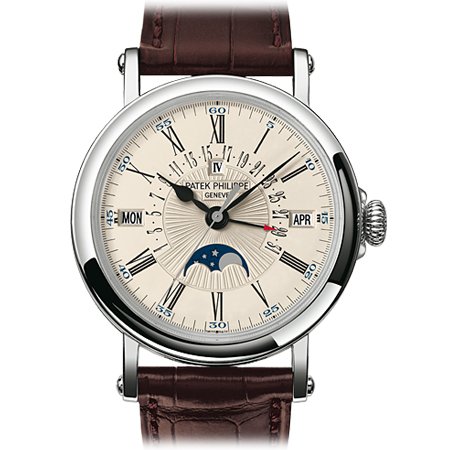
Patek Philippe Ref. 5159
Rattrapante
It is the French word for “split seconds” and describes an complication in an chronograph. The rattrapante chronograph features an additional seconds hand to display multiple events at the same time.
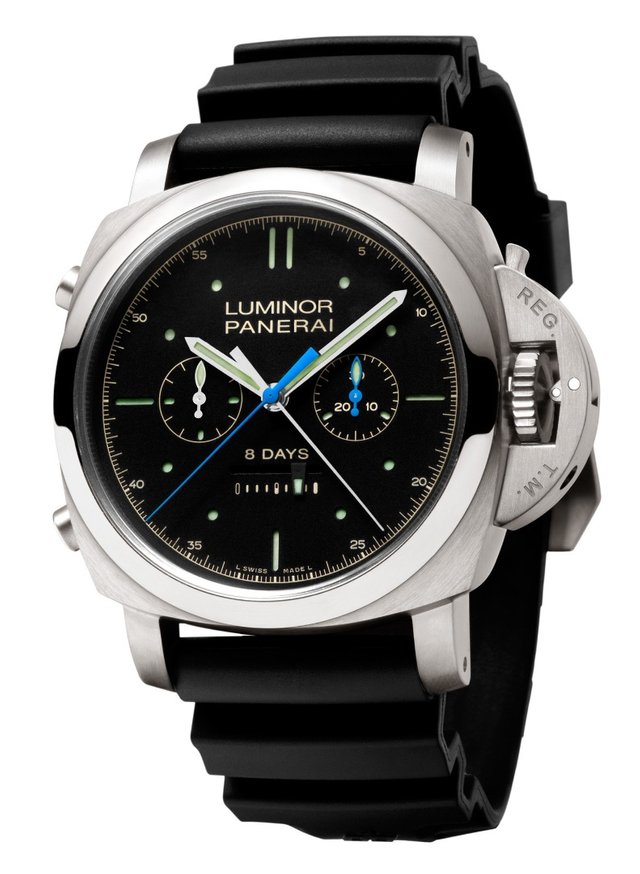
Panerai Luminor 1950 Rattrapante Titanio
Equation of Time
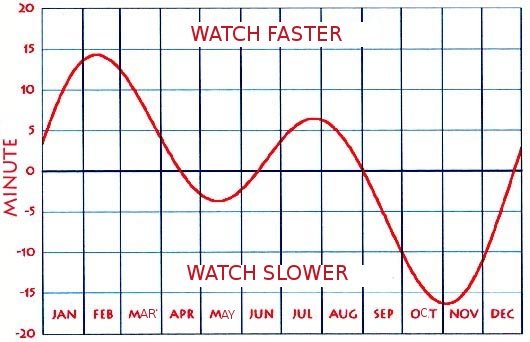
With this feature a normal watch is turning into a sun watch. Usually a mechanical watch precisely shows noon every 24 hours. A sun watch on the opposite shows noon when the sun is at its highest point. However, due to the axial tilt and the elliptical orbit of the earth, the sun doesn’t necessarily reach its highest point every day at the same point in time. A watch, which shows the equation of time, displays the current spread.
Foudroyante (flying seconds)
Is a complication which shows the fractions of a second, for example one sixth of a second. Consequently, the foudroyante-hand completes one second in 6 different steps.
Habring Foudroyante
Tourbillon
Tourbillons are not always considered as complications, as they don’t add any function to the watch, but they can be considered as complications due to the high complexity and the high level of skills needed to build it. A tourbillion aims to counter the effect of gravity when a time piece is stuck in a certain position. It was developed around 1795 by the French-Swiss watchmaker Abraham-Louis Brequet, at a time where people used to where pocket watches, which typically are stuck in a vertical position for a long time.
The Vacheron Constantin Ref. 57260
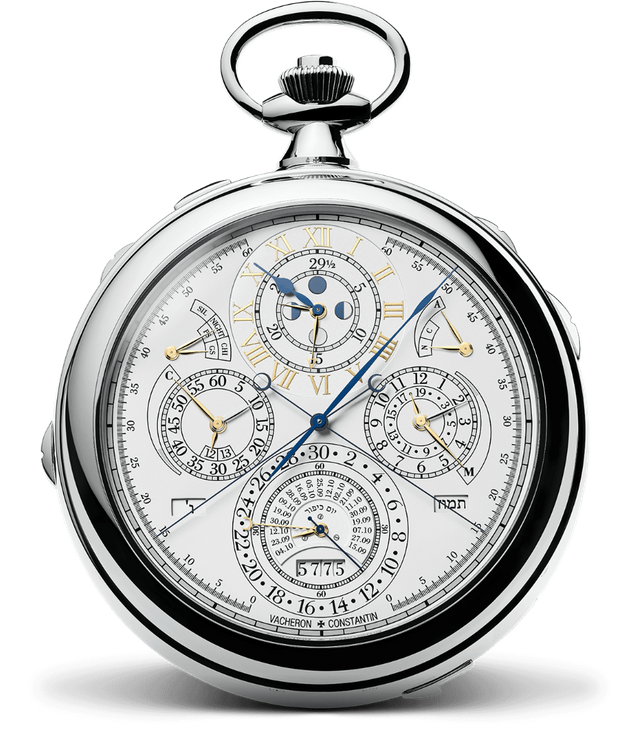
The watch with the most complications combined in one piece at the moment is the Vacheron Constantin Ref. 57260, with mind blowing 57 different complications. Since it would be too time consuming to talk about all the different complications I just want to highlight one of the 57, which clearly should speak for itself. The watch has a lunar calendar function, which is so precise, that it only needs correction ever 1027 years and 108 days, end of story!
Good to know now (Y) check some watches I lke https://steemit.com/life/@jakevennett/watches-relojes-men-hombre-brands-marcas-post-the-model-watch-you-want-postea-el-modelo-reloj-que-deseas
Great post. I love watches and learned something new from this. Pls keep posting- would love to see more Horology content👍🏽